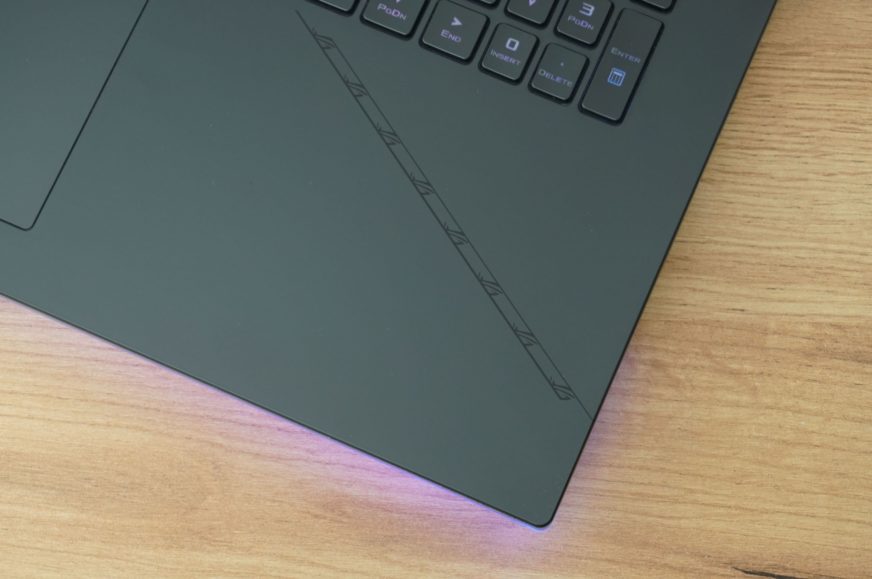Display tests
Processors and graphics cards of the latest generations are already available in laptops nicely together, side by side, which also applies to the Asus model series – SCAR 18. We are talking about powerful hardware, or the most powerful, as far as the configuration we tested is concerned. This one features both a top-notch CPU and GPU . Meanwhile, the Scar 18 is a relatively compact laptop considering its high performance.
>Gamut, brightness and color difference
One of the most significant new features in SCAR 18 is the new ROG Nebula display, which is the marketing name for high-quality panels that meet certain criteria set by the manufacturer. Asus is trying to simplify the choice for buyers in this way, which is commendable, but it’s highly unlikely that this standard will spread to other manufacturers. In practice, this means that the display must have a 3ms response time, a fast resolution-dependent refresh rate (4K@120+/QHD@120+/FullHD@240+) and G-Sync support. Also, the display must have high brightness, 500 nits or 11oo nits for HDR version, support MUX Switch, have accurate colors with 100% DCI-P3 or Pantone Validated and TÜV Rheinland Certified certifications. The tested configuration received the 18″ version with QHD resolution and 240 Hz refresh rate. We measured the display’s image characteristics using a Datacolor Spyder5Elite probe.
We measured 100% sRGB, 89% AdobeRGB, 100% DCI-P3 and 87% NTSC coverage, which are very good values indeed. Gamma is at 2.3 with minimal deviation, and while the 407 nits brightness doesn’t match the 500 that’s on paper, it’s still above average. The average Delta E colour deviation is also very good at 1.56.
The panel of the tested piece also offers above-standard uniformity with only minimal variations. Overall, I rate the display very positively, it is definitely among the strengths of the laptop.
- Contents
- Parameters and details
- Testing methodology
- Display tests
- Rendering and Geekbench
- 3D/PC Mark and Unigine Heaven/Superposition
- Gaming Tests – Dedicated GPU
- Encryption, encoding
- Memory and storage tests
- Temperature and battery life
- Blender – CPU, CUDA and Optix tests
- Performance modes
- Utility App
- Evaluation














That’s a cool one!